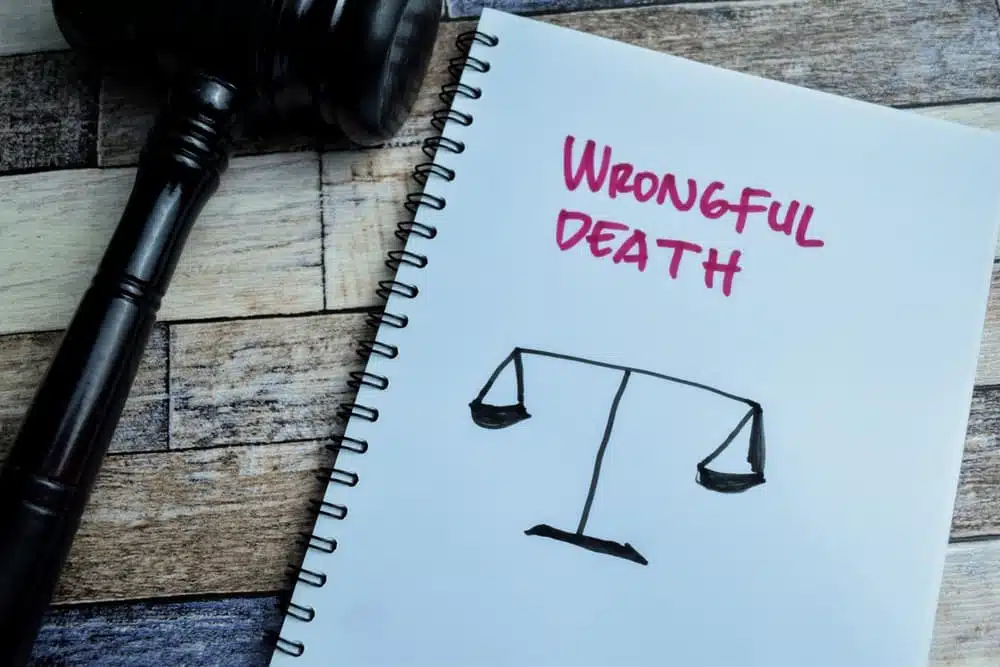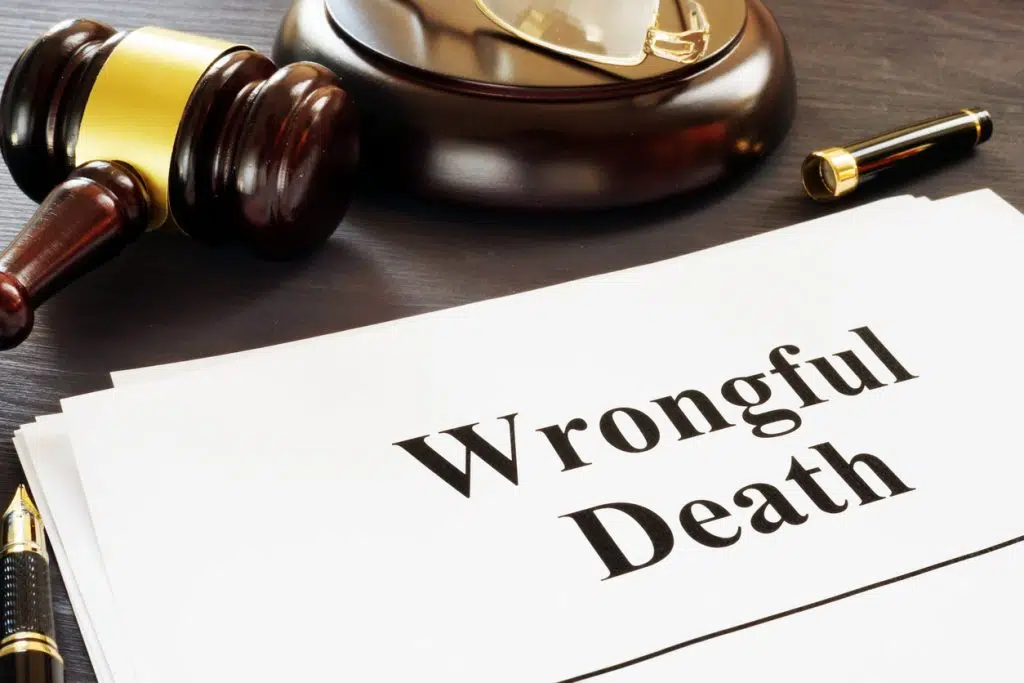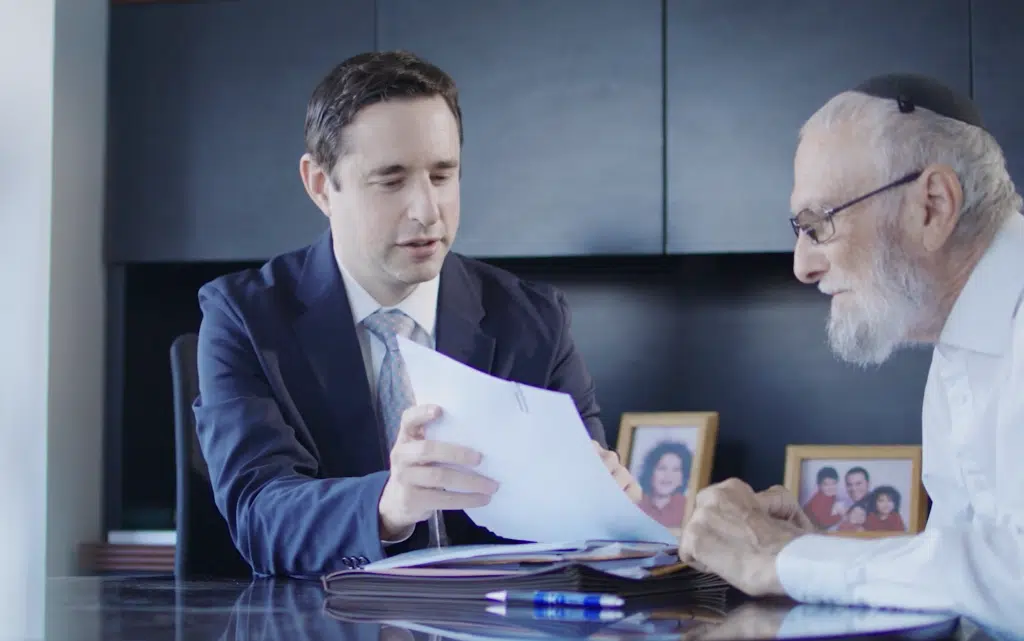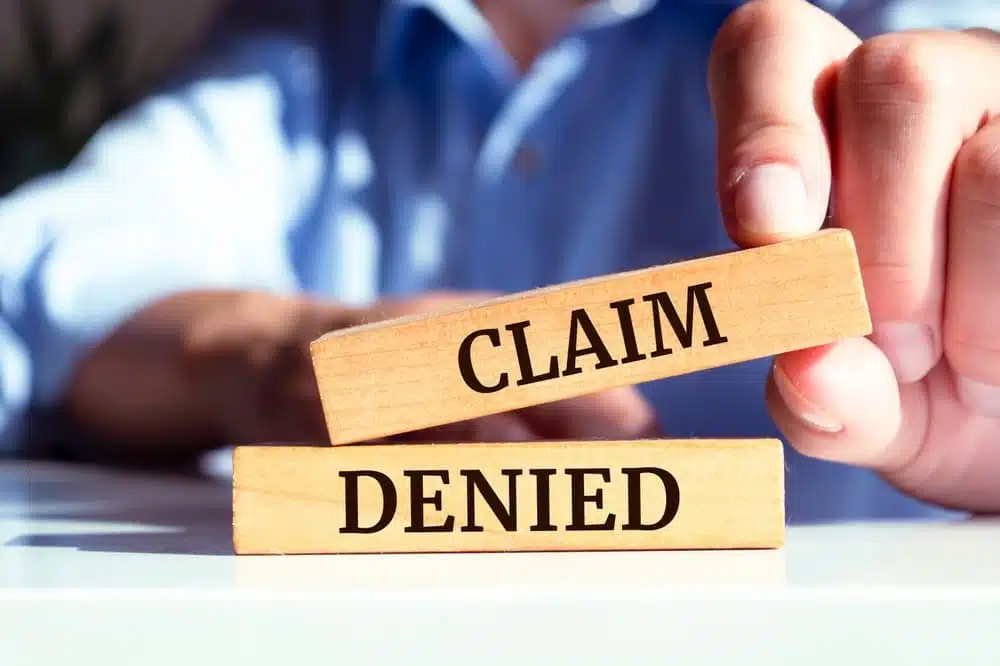
The loss of a loved one is always a devastating experience, but when that loss occurs due to a defective product, anger and injustice often compound the pain.
In many states, the law provides recourse for families who suffer such a tragedy through wrongful death lawsuits. These legal actions not only seek compensation for the bereaved but also serve as a mechanism for holding manufacturers accountable for their products’ safety.
Continue reading below to learn about the process of pursuing justice and holding a manufacturer accountable after a wrongful death.
If you have a lost loved one due to a defective product, reach out to a seasoned wrongful death lawyer near you today.
Understanding Wrongful Death: What You Need to Know
In New York, wrongful death is defined as a death caused by the wrongful act, neglect, or default of another party. When it comes to product-related deaths, this typically involves a manufacturer’s failure to ensure the safety of their product or to adequately warn consumers of potential risks.

New York’s wrongful death statute (Estates, Powers and Trusts Law § 5-4.1) allows the personal representative of the deceased’s estate to file a lawsuit on behalf of the surviving family members. This representative is usually named in the deceased’s will or appointed by the court if there is no will.
The law in New York permits recovery for economic damages such as:
- Medical expenses related to the deceased’s final injury or illness
- Funeral and burial costs
- Lost wages and benefits the deceased would have earned
- The value of support and services the deceased would have provided to family members
New York does not allow recovery for non-economic damages, such as pain and suffering, experienced by surviving family members. However, the estate can recover damages for the pain and suffering experienced by the deceased before death.
The statute of limitations for filing a wrongful death lawsuit in New York is generally two years from the date of death. This underscores the importance of acting promptly when considering legal action.
Product Liability and Manufacturer Accountability
When a defective product causes a death, the case falls under the umbrella of product liability law.
In New York, you can hold a manufacturer liable for:
- Defective Design: The product’s design is inherently dangerous, even when manufactured correctly.
- Manufacturing Defect: The product’s design is safe, but an error in the manufacturing process made it dangerous.
- Failure to Warn: The manufacturer failed to provide adequate warnings about the product’s risks or proper instructions for its use.
In addition to these theories, New York follows a strict liability doctrine in product liability cases. This means that if a defect is proven, the manufacturer can be held liable regardless of whether they were negligent or not.
Manufacturer accountability provides justice to the affected families and promotes product safety across industries. When customers hold manufacturers responsible for defective products, it creates a strong incentive for them to invest in safety measures, conduct thorough testing, and promptly address any issues.
Steps to Take After a Wrongful Death Caused by a Defective Product
- Preserve Evidence: Keep the product in question in its current condition. Do not alter or repair it. Do not turn it over to the manufacturer. Give it to your lawyer, who will need this vital evidence.
- Document Everything: Collect any relevant documents such as purchase receipts, user manuals, and warranty information.
- Report the Incident: Notify the appropriate authorities and the Consumer Product Safety Commission (CPSC) about the incident.
- Avoid Communication with the Manufacturer: Do not speak with company representatives or accept any settlement offers without legal counsel.
- Contact a Wrongful Death Attorney: Seek legal representation from an experienced attorney who handles product liability cases.
- Gather Important Documents: Collect documents related to the deceased’s income, benefits, and any medical or funeral expenses.
- Consider Autopsy: In some cases, an autopsy may be necessary to establish the cause of death definitively.
The Legal Process of Holding a Manufacturer Accountable
- Initial Consultation: Meet with an attorney to discuss the case and determine its viability.
- Investigation: Your attorney will conduct a thorough investigation, which may include:
- Examining the product
- Reviewing relevant documents
- Consulting with expert witnesses
- Researching similar incidents or recalls
- Filing the Lawsuit: If the investigation supports a claim, your attorney will file a complaint in the appropriate New York court.
- Discovery: Both sides exchange information and evidence. This may include:
- Depositions (sworn out-of-court testimony)
- Interrogatories (written questions)
- Requests for documents
- Examinations of the product by experts
- Pre-trial Motions: Either side may file motions to resolve certain issues before trial.
- Negotiations and Potential Settlement: Many cases are resolved through negotiation before reaching trial.
- Trial: If a settlement isn’t reached, the case proceeds to trial where a judge or jury will decide the outcome.
- Appeal: If either party disagrees with the verdict, they may appeal to a higher court.
Challenges in Wrongful Death Cases Against Manufacturers
The intricacies of product liability law, combined with the emotional and financial toll of losing a loved one, is why you need to have an experienced attorney by your side.
A skilled lawyer can help you overcome obstacles that may arise in these cases, ensuring that your rights are protected and that you have the best chance at securing justice and fair compensation.
Some challenges people face in pursuing a wrongful death claim against a manufacturer include:
- Proving Defect: Demonstrating that the product was defective can be technically challenging and often requires expert testimony.
- Causation: Establishing a direct link between the product defect and the death can be difficult, especially if there were other contributing factors.
- Statute of Limitations: The two-year time limit in New York can be a hurdle, especially if the connection between the product and the death isn’t immediately apparent.
- Corporate Resources: Manufacturers often have substantial financial and legal resources to defend against claims.
- Multiple Parties: Cases may involve multiple defendants (manufacturer, retailer, distributor), complicating the legal process.
- Product Modifications: If the product was altered after purchase, it could affect the manufacturer’s liability.
- Preemption: In some cases, federal regulations may preempt state law claims, limiting legal options.
Compensation in Wrongful Death Cases:
While no amount of money can truly compensate for the loss of a loved one, wrongful death lawsuits serve to alleviate the financial burden on the surviving family and hold negligent parties accountable.
In New York, compensation in wrongful death cases may include:
1. Economic Damages:
- Medical expenses related to the fatal injury or illness: This covers all healthcare costs incurred from the time of the injury or illness until the victim’s death. It may include emergency room fees, hospital stays, surgeries, medications, and any other medical treatments directly related to the fatal condition.
- Funeral and burial costs: This encompasses all expenses associated with the deceased’s funeral service and burial or cremation. It can include costs for the casket or urn, cemetery plot, headstone, funeral home services, transportation, and any other related expenses.
- Lost wages and benefits the deceased would have earned: This is calculated based on the deceased’s earning potential over their expected lifetime. It considers their current salary, potential for career advancement, and expected work life. Benefits may include pensions, health insurance, and other work-related perks.
- Value of support and services the deceased would have provided to family members: This covers the monetary value of tasks and support the deceased would have provided to their family. It might include childcare, household maintenance, financial management, and other forms of domestic support.
2. Conscious Pain and Suffering:
- Compensation for the pain and suffering experienced by the deceased before death
- New York does not allow recovery for the emotional pain and suffering of surviving family members: This means that while family members can recover economic damages and damages for the deceased’s pain and suffering, they cannot be compensated for their own grief, mental anguish, or loss of companionship. This is a notable difference from many other states, which do allow for such compensation.
3. Punitive Damages:
- In cases of gross negligence or intentional misconduct, punitive damages are awarded to punish the defendant and deter similar behavior: Unlike compensatory damages, which are meant to make the plaintiff “whole,” punitive damages are intended to punish the wrongdoer and discourage similar actions in the future. These are typically awarded in cases where the defendant’s conduct was particularly egregious, reckless, or malicious.
It’s important to note that New York does not allow recovery for the emotional pain and suffering of surviving family members, which differs from many other states.
The amount of compensation varies widely depending on factors such as:
- The deceased’s age, health, and life expectancy at the time of death
- The deceased’s earning capacity
- The circumstances of the surviving family members
- The degree of the manufacturer’s culpability
An experienced personal injury attorney can help evaluate the potential value of a case and fight for fair compensation.
The Role of a Wrongful Death Attorney
Navigating a wrongful death case against a manufacturer requires legal skills.
A skilled wrongful death attorney plays several vital roles in this complex process:
- Case Evaluation: Assessing the strength of the case and advising on the best course of action.
- Investigation: Gathering evidence, consulting experts, and building a strong case.
- Legal Strategy: Developing and implementing an effective legal strategy tailored to the specific circumstances of the case.
- Negotiation: Negotiating a settlement with the manufacturer’s legal team.
- Trial Representation: Presenting the case effectively in court if the other side refuses a fair settlement.
- Emotional Support: Providing compassionate guidance to the family throughout the legal process.
- Resource Coordination: Connecting the family with other professionals who can assist with the aftermath, such as financial advisors or grief counselors.
- Handling Procedural Requirements: Meeting all legal deadlines and following all procedural rules.
- Maximizing Compensation: Working to secure the highest possible compensation for the family.
- Manufacturer Accountability: Striving to hold the manufacturer accountable and potentially effect change to prevent future tragedies.
Talk to a Wrongful Death Lawyer About Your Case Today
Losing a loved one is a devastating experience that no family should have to endure. If you’ve suffered such a loss, you must understand your rights and the options available for seeking justice.
Don’t try to take on this difficult journey alone. Contact the Rothenberg Law Firm LLP today for a free consultation. We’ll listen to your story, evaluate your case, and advise you on the best path forward. Remember, in New York, there’s a limited time to file a wrongful death lawsuit, so don’t delay seeking legal help.




